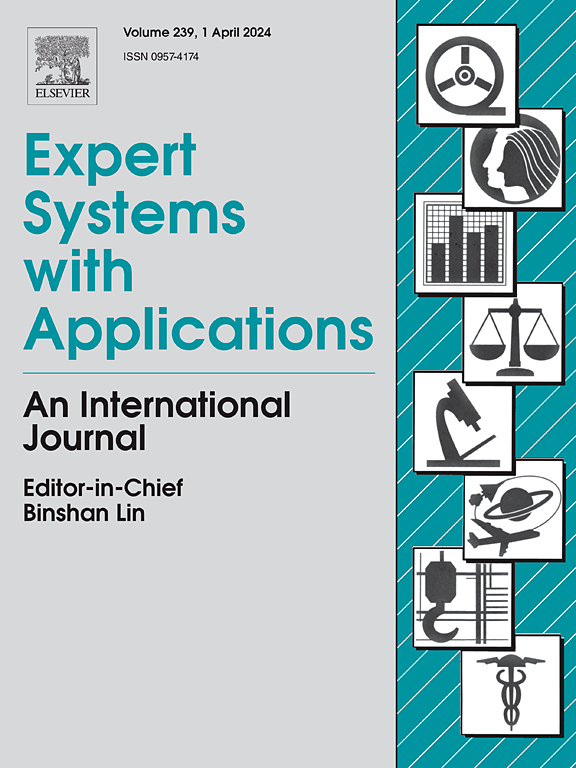Shadow detection and removal for remote sensing images via multi-feature adaptive optimization and geometry-aware illumination compensation
IF 7.5
1区 计算机科学
Q1 COMPUTER SCIENCE, ARTIFICIAL INTELLIGENCE
引用次数: 0
Abstract
Shadows in remote sensing images degrade quality and obscure ground details, posing challenges in their accurate detection and removal. The biggest challenge in shadow removal is accurately detecting the shadow while restoring normal illumination. Therefore, this paper proposes a novel approach combining multi-feature adaptive optimization and geometry-aware illumination compensation for shadow detection and removal. The method introduces a novel multi-feature adaptive optimization algorithm, which simulates dynamic interaction behavior of snakes to obtain optimal shadow thresholds from multi-feature channels, achieving precise shadow detection. Then, Sunlit regions homogeneous to shadows are identified through irregular block matching, utilizing direction-adaptive feature extraction. Finally, we deduct geometry-aware illumination compensation theoretically to effectively remove shadows and restore normal lighting. Additionally, at the shadow boundaries, a Manhattan-based dynamic compensation method is designed to ensure smooth boundary transitions and mitigate pixel oversaturation. Experimental results demonstrate the superior performance of the proposed method compared to state-of-the-art methods of shadow detection and removal in both qualitative and quantitative ways. Overall, the proposed method provides a promising solution to the challenging problem of shadow in remote-sensing images. The code will be available at https://github.com/whuzzzz/MAOSD.
基于多特征自适应优化和几何感知光照补偿的遥感图像阴影检测与去除
遥感图像中的阴影降低了图像质量,模糊了地面细节,给遥感图像的准确检测和去除带来了挑战。阴影去除的最大挑战是在恢复正常照明的同时准确地检测阴影。因此,本文提出了一种结合多特征自适应优化和几何感知照明补偿的阴影检测与去除方法。该方法引入了一种新的多特征自适应优化算法,模拟蛇的动态交互行为,从多特征通道中获得最优阴影阈值,实现精确的阴影检测。然后,利用方向自适应特征提取,通过不规则块匹配识别出与阴影均匀的阳光照射区域。最后,从理论上扣除几何感知照明补偿,有效去除阴影,恢复正常照明。此外,在阴影边界处,设计了基于曼哈顿的动态补偿方法,以确保平滑的边界过渡和缓解像素过饱和度。实验结果表明,与目前最先进的阴影检测和去除方法相比,该方法在定性和定量方面都具有优越的性能。总的来说,该方法为解决遥感图像中的阴影问题提供了一个有希望的解决方案。代码可在https://github.com/whuzzzz/MAOSD上获得。
本文章由计算机程序翻译,如有差异,请以英文原文为准。
求助全文
约1分钟内获得全文
求助全文
来源期刊

Expert Systems with Applications
工程技术-工程:电子与电气
CiteScore
13.80
自引率
10.60%
发文量
2045
审稿时长
8.7 months
期刊介绍:
Expert Systems With Applications is an international journal dedicated to the exchange of information on expert and intelligent systems used globally in industry, government, and universities. The journal emphasizes original papers covering the design, development, testing, implementation, and management of these systems, offering practical guidelines. It spans various sectors such as finance, engineering, marketing, law, project management, information management, medicine, and more. The journal also welcomes papers on multi-agent systems, knowledge management, neural networks, knowledge discovery, data mining, and other related areas, excluding applications to military/defense systems.
 求助内容:
求助内容: 应助结果提醒方式:
应助结果提醒方式:


